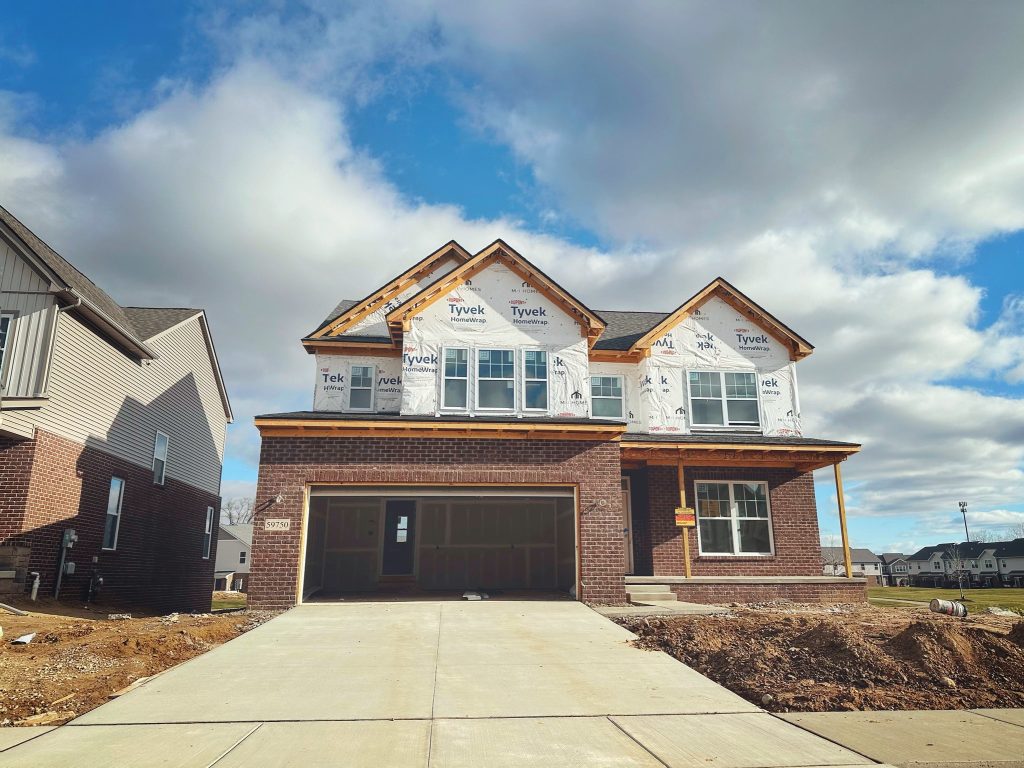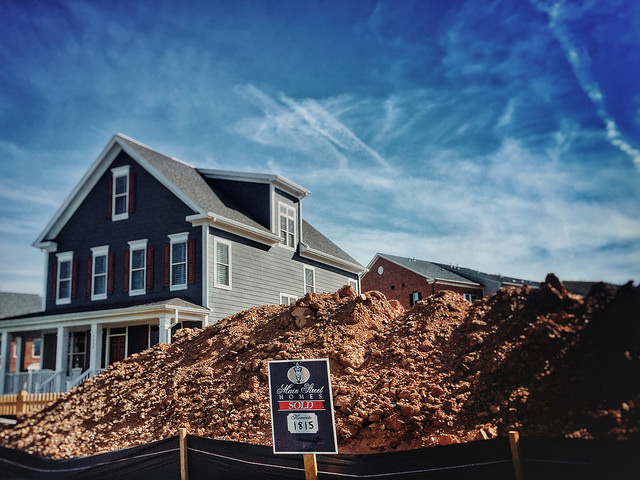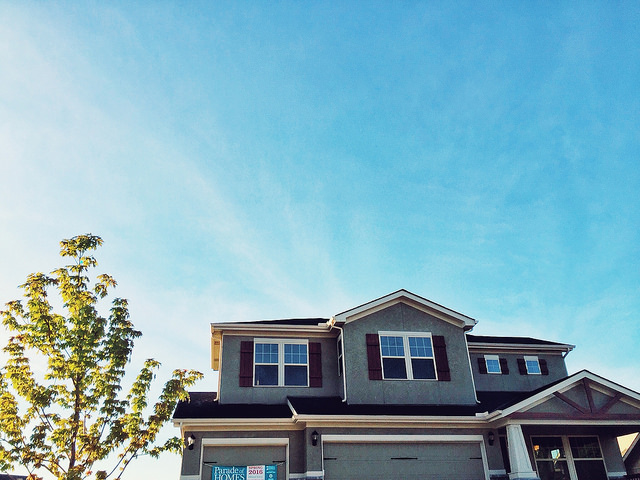According to the Mortgage Bankers Association’s Weekly Applications Survey, average mortgage rates moved lower last week from the week before. Rates were down for 30-year fixed-rate loans with conforming balances, loans backed by the Federal Housing Administration, 15-year fixed-rate loans, and 5/1 ARMs. But while rates dipped, the improvement wasn’t enough to boost demand for mortgage applications, which were mostly flat from one week earlier. Joel Kan, MBA’s vice president and deputy chief economist, says the market is improving but gradually. “Purchase applications were essentially unchanged, as home buyers continue to hold out for lower mortgage rates and more listings to hit the market,” Kan said. “Lower rates should help to free up additional inventory as the lock-in effect is reduced, but we expect that will only take place gradually.” The MBA’s weekly survey has been conducted since 1990 and covers 75 percent of all retail residential mortgage applications. (source)













